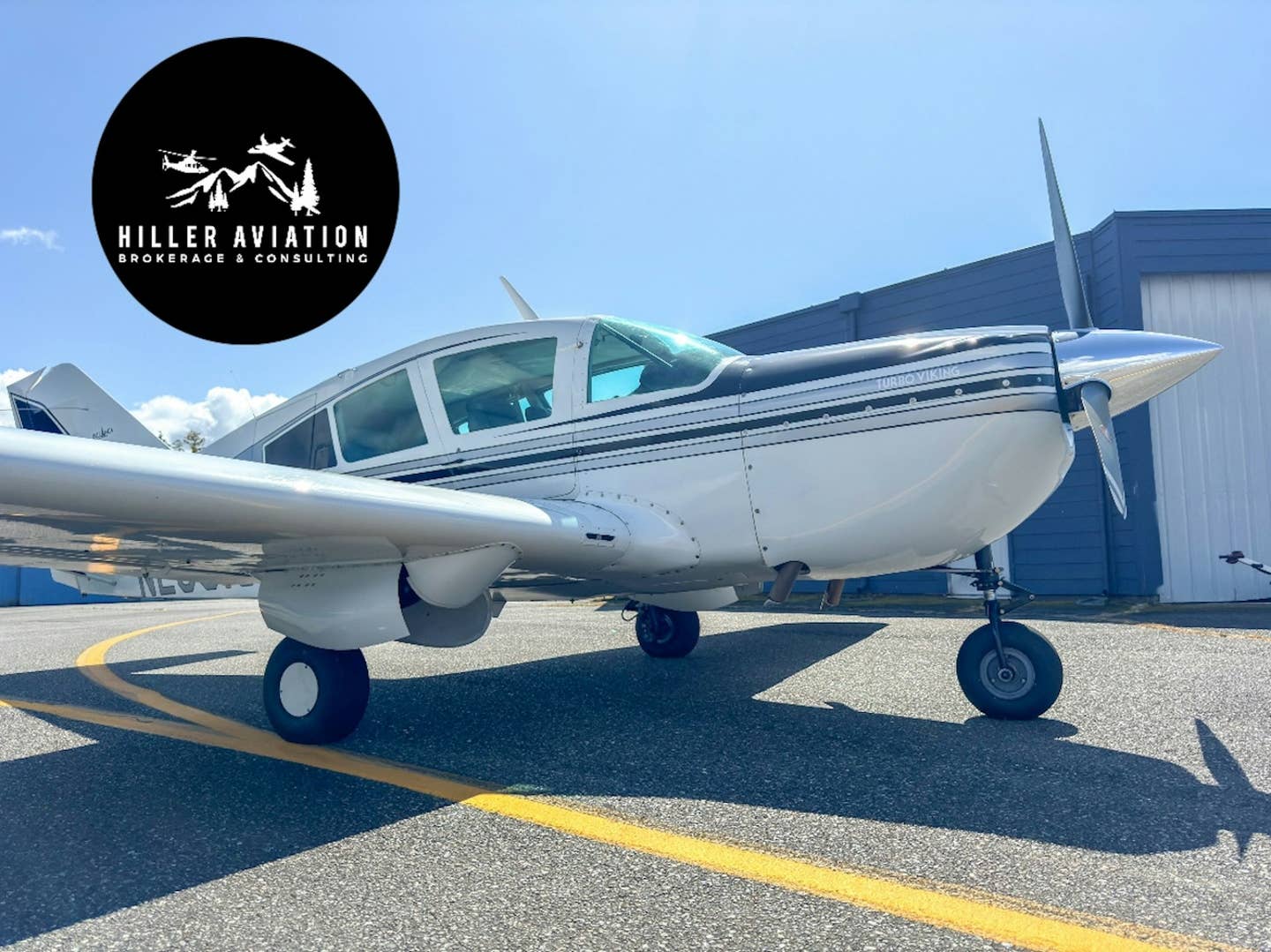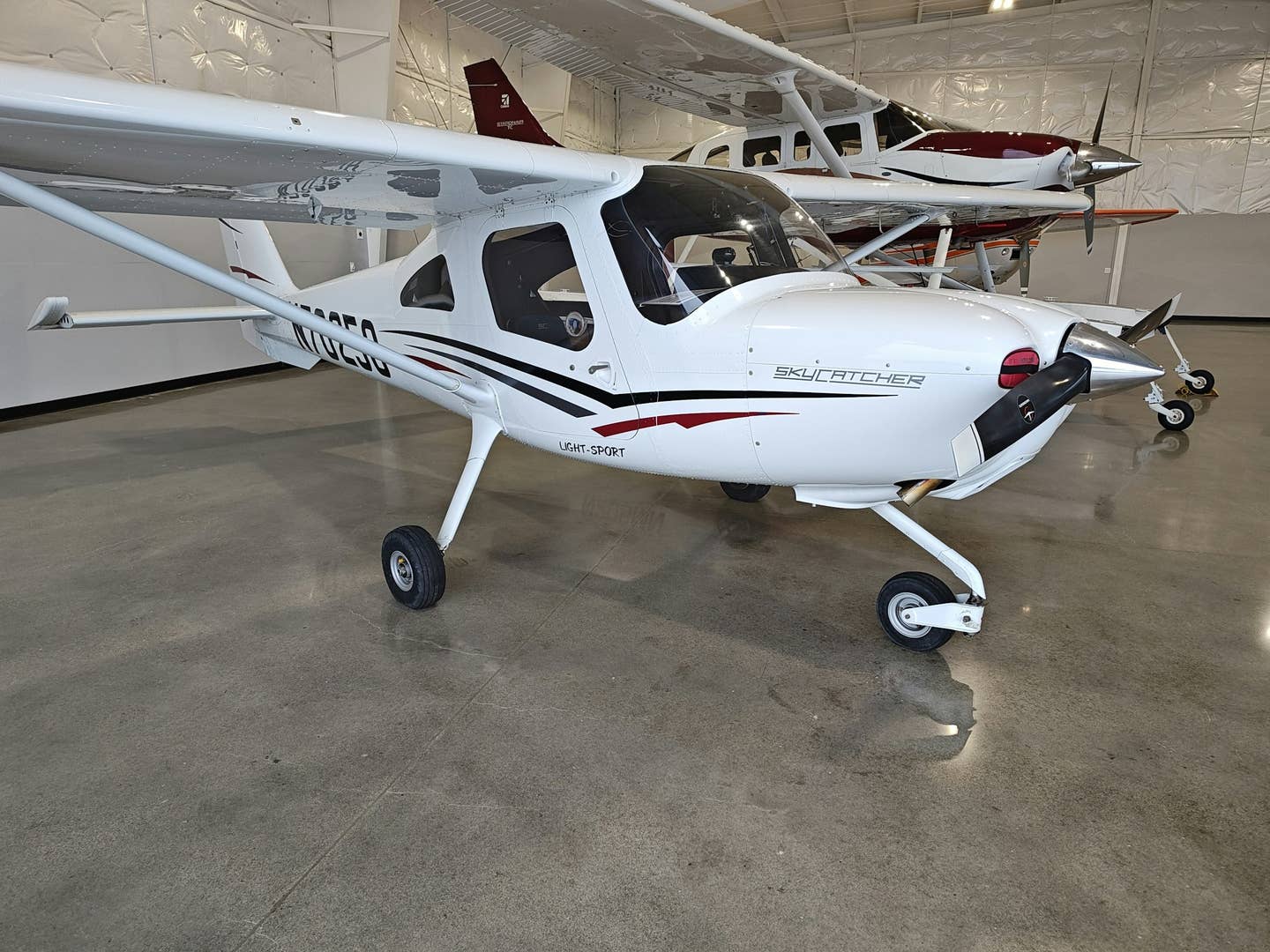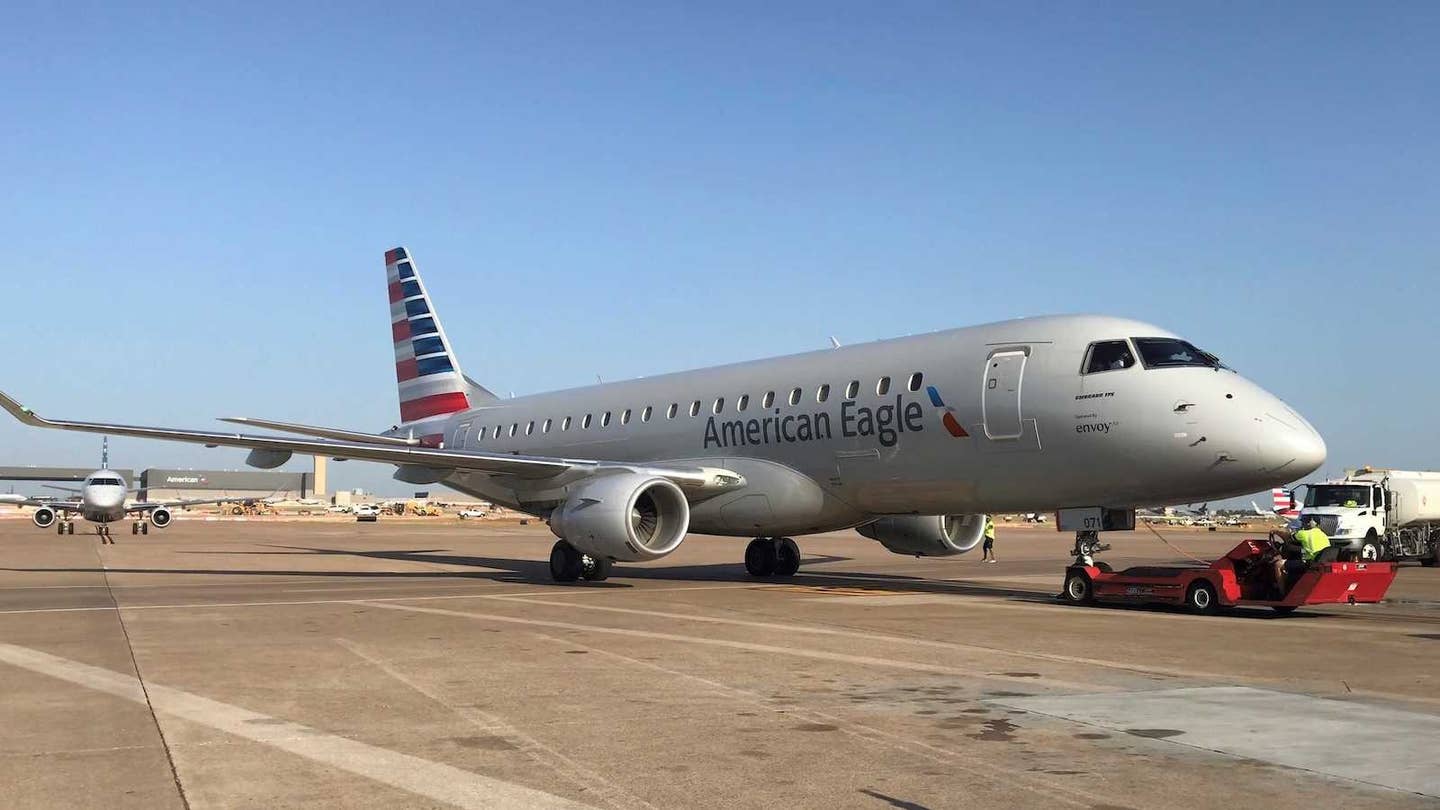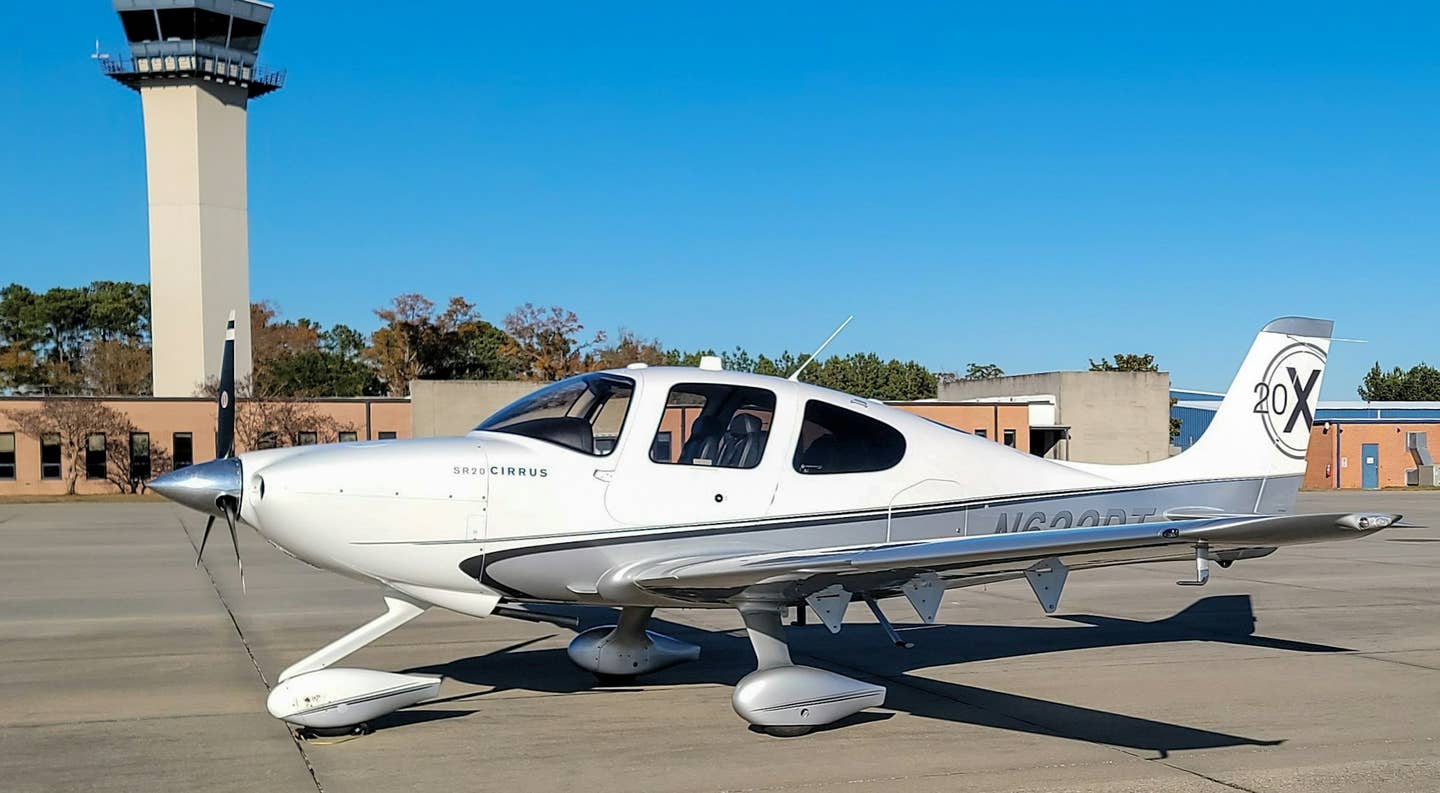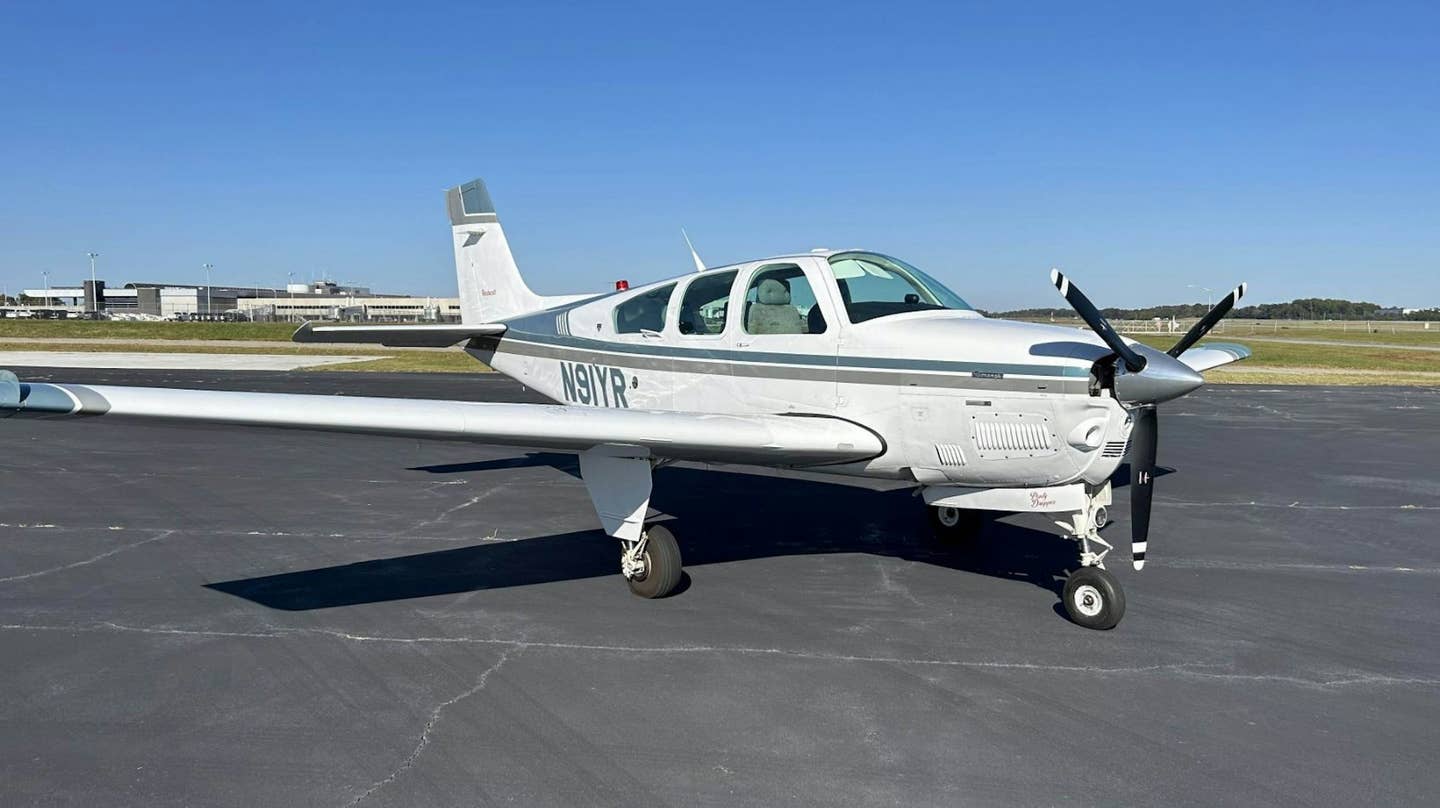
It wasn’t until I was flying home from Sun ‘n Fun yesterday that I finally did the simple math. My last visit to this event was 1990; and that’s 20 years. A nice round number, though a slightly scary realization. Back then, there were no light sport aircraft, glass panels or electric airplanes. Even GPS was somewhere over the rainbow. From 5,000 feet over central Florida, my revelation about time started me musing about what’s different, and what’s the same about ‘Spring Break for Pilots.’ No, they didn’t call it that back then, but that’s what it was. Here’s what I noticed has changed, some for the better, some not. I guess it all depends on which end of the telescope you choose to look through.
Twenty years ago, I goofed off most of one day next to a P-51 Mustang talking with its owner-pilot. But mostly, I listened as one after another visitor wandered by and recalled their memories of the iconic World War II fighter. Some remembered them flying overhead from nearby training bases, some about how they drew pictures of them in their school notebooks during arithmetic class. Still others winced as they recalled busted knuckles from spinning wrenches on Mustangs in the wee hours before a dawn mission to Berlin. It was there that I met Paul Riley, a Mustang ace who flew with the American RAF Eagle Squadrons and later with the Fourth Fighter Group. In the shade of the Mustang's wing, Paul discussed the pros and cons of flying the -51 in combat against Me-109s and Fw-190s – complete with all the requisite hand gestures.
"With the Mustang, you could turn inside a -109. But a -190 [both palms set at 45-degrees, with the trailing one cutting tighter]; he could get inside of you."
Paul is long gone now, but I still have that tape.
This year, I met with some of the current crop of owner-pilots. A lot has changed about what it takes to keep up a Mustang, especially the number of zeros on the checks. But today’s owners are as dedicated as their forebears to the history of these fine airplanes and the men and women who built, flew and supported them. Sadly, this year there were no World War II pilots stepping out of the crowds to reminisce about combat. The fast dwindling survivors of that generation of pilots are mostly too frail now to visit events such as Sun ‘n Fun. But there are still enthusiasts strolling the flight line who thrill to the sight, sound and smell of these airplanes, and probably drew pictures of them in the margins of their arithmetic books.
The Vintage Aircraft flight line was a similar experience for me. The process of acquiring and restoring an antique or classic has changed a bit, but the spirit behind preserving these relics of the history of early aviation has not changed. As with the Warbirds, these enthusiasts recognize they are ‘custodians’ of a legacy. And they don’t take that responsibility lightly.
There’s no doubt that the show is more commercial than it was two decades ago. The range of products and services available to examine – and buy – has expanded almost unbelievably. But even that hasn’t changed in its essence. The vast majority of vendors – from those hawking multi-million dollar jets to the guys in tents selling buckets of surplus AN hardware – are here because, in their hearts, they cherish the miracle of personal flying. As much as they’re all working to make a profit and succeed in business, I prefer to believe they’re also dedicated to making GA better for all of us – even if it’s by selling us one bolt at a time. Some might think that’s a naïve point of view, and I concede they might be right.
I guess it all depends on which end of the telescope works better for you.

Sign-up for newsletters & special offers!
Get the latest FLYING stories & special offers delivered directly to your inbox

